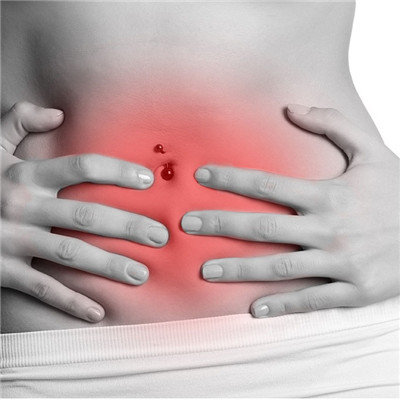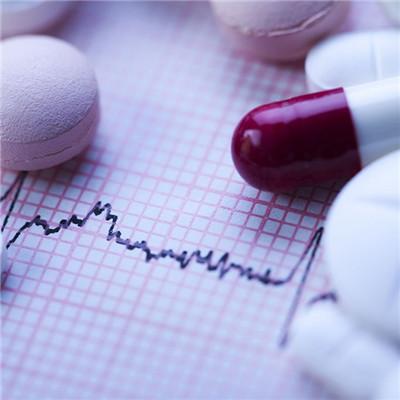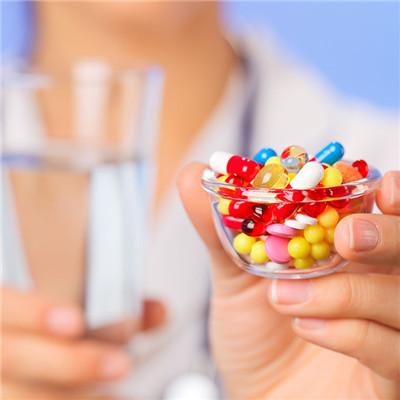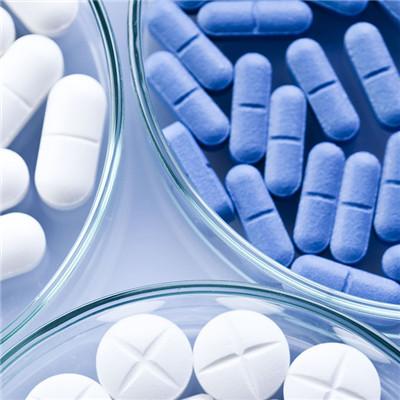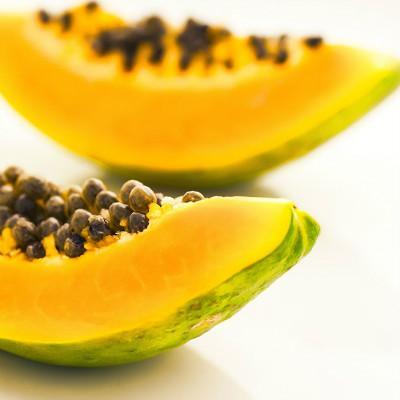What is peripheral vascular disease?
summary
Peripheral vascular disease is the general term of peripheral vascular disease, mainly including varicose veins, varicocele, thrombophlebitis, vasculitis, arteriosclerosis obliterans, Budd Chiari syndrome, Raynaud's syndrome and so on. In the past, it has always been in the category of surgery. Due to the fine scientific research in recent years, the departments specialized in the treatment of peripheral vascular diseases are divided from surgery. The fine differentiation of departments makes the research and treatment of peripheral vascular diseases get better development and patients get better treatment. What are the peripheral vascular diseases? Now let me introduce it.
What is peripheral vascular disease?
Class I Arterial system diseases 1. Thromboangiitis obliterans 2. Takayasu arteritis 3. Arteriosclerosis obliterans 4. Diabetic angiopathy 5. Rheumatoid vasculitis 6. Behcet's disease vasculitis 7. Scleroderma vasculitis 8. Nodular vasculitis 9. Allergic vasculitis 10. Nodular polyarteritis 11. Acute limb arterial embolism 12. Acute limb arterial thrombosis 13. Acute mesenteric vascular embolism 14. Leighton's disease Nord's disease and Raynaud's syndrome 15. Erythematous acrodynia 16. Hand foot cyanosis 17. Reticular plaques 18. Thoracic outlet syndrome 19. Popliteal artery crush syndrome 20. Popliteal artery adventitia cyst

The second type is venous system diseases 1. Deep venous thrombosis 2. Varicose veins 3. Superficial thrombophlebitis 4. Common iliac vein compression syndrome 5. Budd Chiari syndrome 6. Venous malformation and bone hypertrophy syndrome 7. Pulmonary embolism.
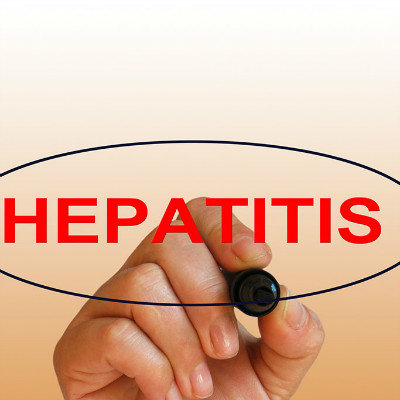
Acute lymphangitis 2. Acute lymphadenitis 3. Erysipelas 4. Lymphedema 5. Vascular and lymphangioma 6. Vascular benign tumor 7. Hemangioma syndrome 8. Malignant vascular tumor 9. Lymphangioma. As well as vascular and lymphangioma, vascular benign tumor / hemangioma syndrome, malignant vascular tumor / lymphangioma.

matters needing attention
Quit smoking strictly. Smoking is harmful to peripheral blood vessels and one of the pathogenic factors. Because nicotine (nicotine) is a kind of vasoconstrictor substance, long-term smoking can cause limb artery in a continuous spasm state, long-term occurrence of vascular wall nutritional disorders; Nicotine can also make the combination of arterial blood and oxygen weaken, blood viscosity is high, so that the limb blood flow is slow, gradually thrombosis and limb vascular disease. Pay attention to the diet structure, avoid excessive hunger and satiety, hurt the spleen and stomach, affect the absorption and distribution of nutrition. Increase essential nutrients such as protein, fat, sugar, vitamin, inorganic salt and water. Choose low cholesterol food (sugar bran and cereals) and vegetables, drink more water or light tea, can reduce intestinal cholesterol absorption, prevent hyperlipidemia and arteriosclerosis. At the same time, eat less hot food.









